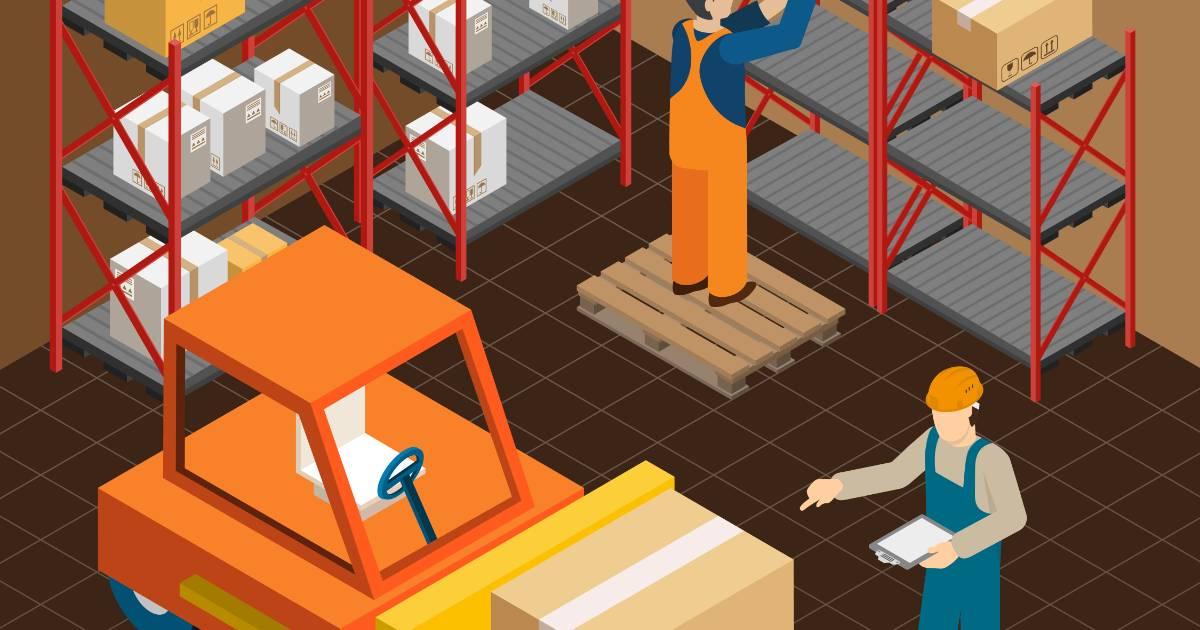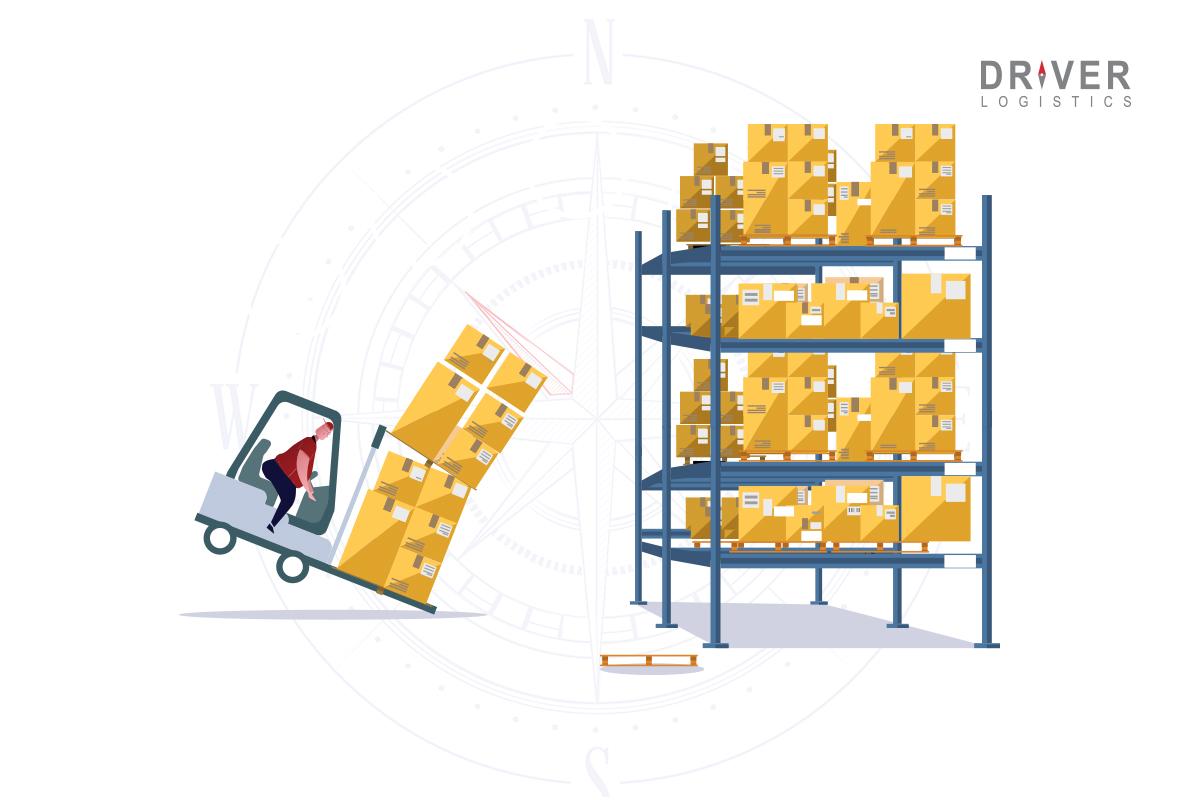
In the world of logistics, material handling plays a crucial role in determining the efficiency and quality of service provided. It encompasses the logical storage, movement, and protection of goods to meet the demands of the supply chain and enhance customer satisfaction. To effectively manage warehouse operations, there are several key considerations and best practices that can significantly improve efficiency and productivity.
Plan the Layout: Optimizing Space and Safety

The first step in efficient material handling is to carefully plan the layout of the warehouse. It is essential to define your goals and determine the type of products you will be storing. This will help you identify the necessary facilities and storage solutions required. A well-designed warehouse minimizes safety risks and ensures smooth operations.
When planning the layout, it is crucial to consider maximizing space utilization for easy movement, machine installation, and storage. Adequate space allocation allows for efficient workflow and minimizes the risk of accidents or damage to goods. Additionally, optimizing the layout can help reduce unnecessary costs associated with excessive space requirements or inefficient product placement.
Read More: Strategize Your Order Fulfilment Cycle to Improve Customer Experience
Use the Right Tools: Enhancing Efficiency and Safety
Selecting the appropriate tools and equipment is vital for efficient material handling. It is crucial to consider safety standards and the nature of the products being handled. Investing in automated tools can significantly improve productivity and save time and money in the long run. Automation reduces manual labor, minimizes errors, and speeds up processes.
Common tools used in warehouse material handling include forklifts, carts, pallets, conveyors, and sorters. These tools aid in loading, unloading, and transportation activities, streamlining operations and improving overall efficiency. However, it is important to assess the specific needs of your warehouse and choose the tools that best align with your requirements.
Train Employees: Adapting to Change and Ensuring Safety
As technology and automation continue to advance in the logistics industry, it is essential to prioritize employee training. Regular training programs help employees understand and adapt to new technologies, processes, and safety guidelines. This empowers them to maximize operational capabilities while ensuring personal safety and the security of the goods being handled.
By providing comprehensive training and clearly communicating product manuals and safety guidelines, you can equip your employees with the knowledge and skills necessary for efficient material handling. Well-trained staff members contribute to a more productive and safe working environment.
Recommended Reading: Top 6 Inventory Management strategies to Boost Supply Chain Efficiency

Strategize Storage: Accessibility and Injury Prevention
Efficient storage strategies are critical for seamless material handling. Depending on the nature of the products, there may be a combination of manual and machine-handled items. It is advisable to store products that require manual handling in easily accessible areas. This reduces overhead and minimizes the risk of minor injuries.
By organizing goods strategically, you can optimize space utilization and streamline the retrieval process. Implementing proper labeling, categorization, and inventory management systems will enable employees to locate and retrieve items quickly and accurately, saving time and improving overall efficiency.
Adopt Green Trends: Sustainable Material Handling
In today's environmentally conscious world, adopting green trends in material handling is crucial for maintaining ecological balance and reducing environmental impact. By incorporating sustainable practices into your supply chain, you can contribute to a greener and more sustainable future. Some green material handling techniques include:
- Recycling Equipment: Instead of discarding equipment, consider recycling or repurposing it. This reduces waste and promotes a circular economy.
- Reusable Packaging and Returnable Containers: Implementing reusable packaging and utilizing returnable containers can significantly reduce packaging waste and minimize the need for single-use materials.
- Co-shipping and Fuel Consumption: Collaborate with other businesses to co-ship products, reducing fuel consumption and emissions. Optimizing transportation routes and modes can further enhance sustainability.
- Digitizing Paperwork and Documentation: Transitioning from traditional paper-based processes to digital documentation reduces paper waste, increases efficiency, and simplifies record-keeping.
Relevant Reading: 6 Effective Green Logistics Strategies Driven by Smart Technology
Empower Your Material Handling Practices: Leveraging Third-Party Logistics
Efficient material handling is essential for successful warehouse operations. While implementing efficient material handling practices can be challenging, especially when managing core internal processes simultaneously, there is a solution to ease the burden. Hiring a third-party logistics (3PL) service provider can be a valuable asset. A 3PL partner brings expertise, specialized resources, and industry knowledge to optimize your material handling operations. They can streamline processes, enhance efficiency, and enable you to focus on your core business objectives.